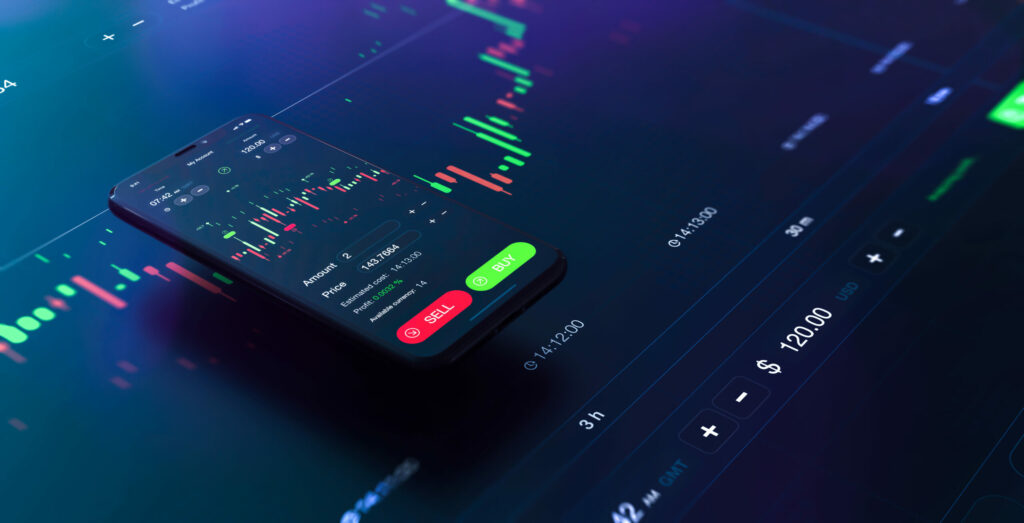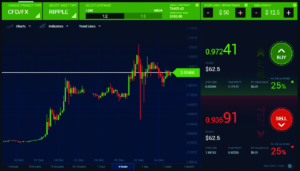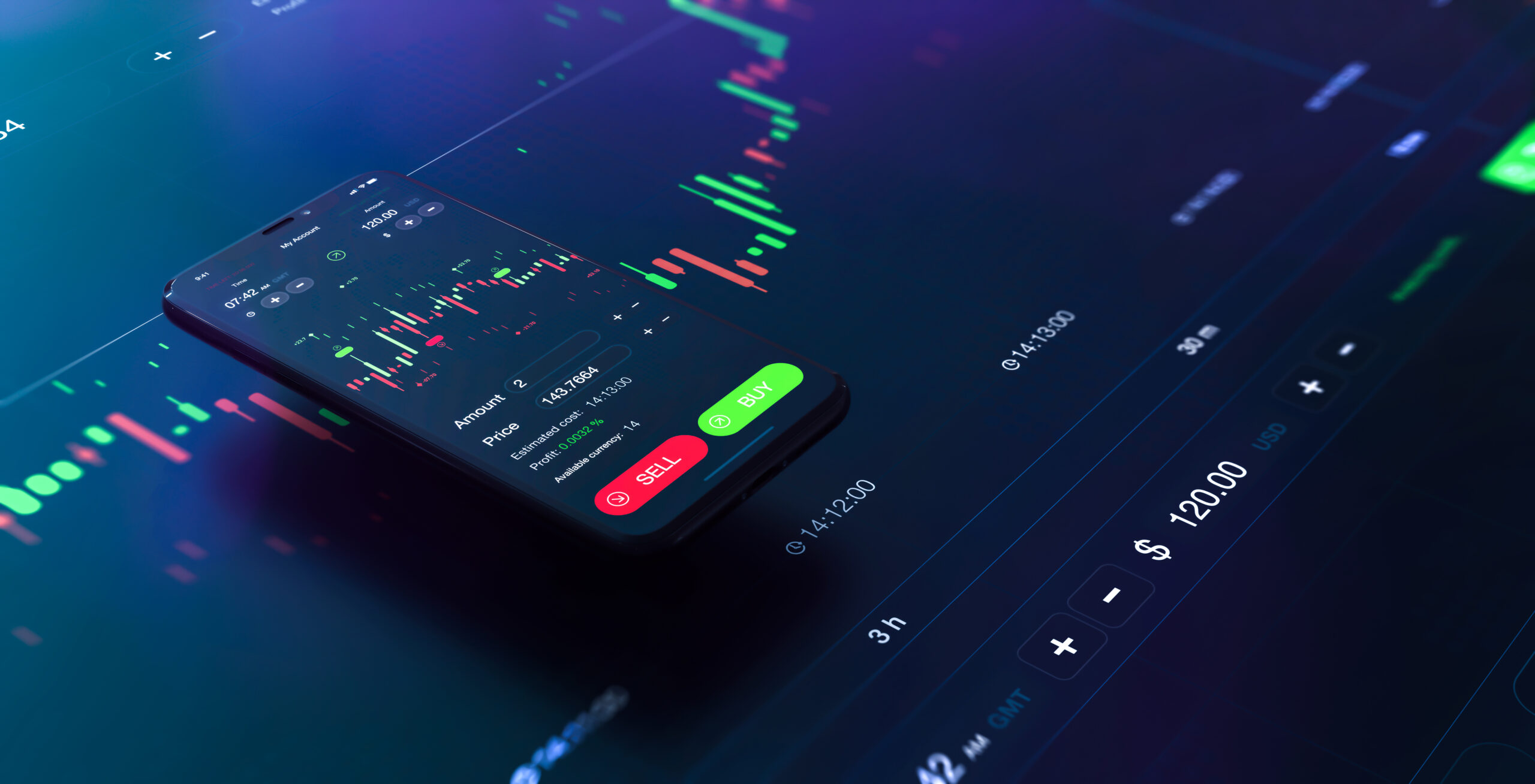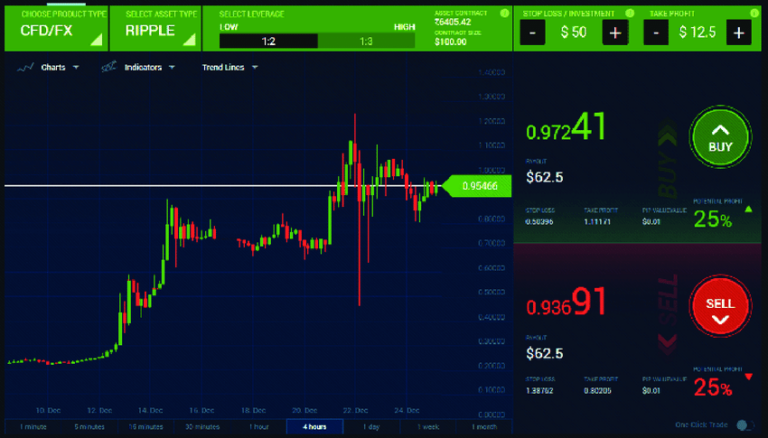learning to trade? Basic Learning stages of trading
Learning to trade takes time, patience, and above all a lot of motivation. Becoming a trader is worth it. Being a good trader means having a good trading strategy, applying strict money management, and knowing how to manage your emotions. These three pillars are the basis of trading.

Learning to trade
To get started, you must first open a demo account. Your goal should not be to make money but to train well. A demo account allows you to fully understand the mechanisms of taking a position, to understand the risks of leverage and above all to help you build your trading strategy (taking a buy/sell position, placing the stop loss, position exit). This is an essential first step.
Very often, novice traders have a bad image of trading. He considers this activity as elitist while everyone is capable of becoming a trader. The large number of losing trades in the financial markets supports this idea. However, these poor results are very often due to poor training in trading.
To learn how to trade from the best forex trading course UK, you have the choice between paid and free trading training. What is the best way to learn to trade? How to recognize good training? Can you learn to trade alone? This section answers all of these questions. If you’re just starting out learning to trade, this can save you time and money.
How long will it take for me to be successful in my trading? This is a question often asked by novice traders wanting to learn how to trade . In the beginning, it is quite normal to lose, you are in the learning phase. It is for this reason that it is always advisable to start on a demo account. It saves you from losing your money, which is, don’t forget, your working tool in trading. Before hoping to earn money in trading (in the long term, not on a fluke with the use of high leverage…..), you must go through several phases.
Phase 1: learning a trading strategy
A trading strategy is a set of rules that the trader must follow .to take a stand. These rules include the technical part (your buy/sell signals, choice of time unit for your trading, choice of products traded, etc.), money management (manage your risk and adapt it to your investor profile) , and rules specific to you related to your experience in the financial markets (for example, do not take a position during a news, stay away from a currency pair for a while, etc.).
The hardest part isn’t learning the technical part; it’s getting to know you and adapting your trading strategy to your investor profile. The psychological factor is essential to have a winning tradeon the long term. It should not be neglected, it is often the cause of heavy losses for novice traders and even for the most experienced.
The duration of your learning for your trading strategy will depend on 4 criteria:
- The time available: It is obvious that the more time you have to devote to trading, the faster your learning.
- Your psychology: In trading, you have to be patient, disciplined, know how to accept failure, manage your stress…. If you are the opposite of this description, your learning will inevitably be longer and more complicated…. Hence the importance of working on yourself….
- learning ability: It’s a fact, some people learn faster than others. Just watch it at school. In trading it’s the same, some are more made than others for this activity but everyone can do it!
- Shortcut to experience: You know my opinion on paid trading courses , I do not recommend them. A trader must learn by himself, make mistakes to progress in his trading . That doesn’t mean you shouldn’t take advantage of the advice of more experienced traders. Feel free to ask your questions on the CentralCharts trading forum.
Phase 2: Gain confidence in your trading strategy
Once you have found a clear trading strategy, you must learn to trust it. This is a phase that novice traders often do not understand. They tell themselves that they have worked so hard to come up with a trading strategy that they now deserve to reap the rewards of their labor. They then think only of the earning potential…. Their expectations are high regarding their trading strategy.
The problem is that all trading strategies have phases of losses. You can’t avoid them, but a good trading strategy helps you overcome them. We judge a trading strategy over the long term, not over a day or a week. What matters is whether or not it generates gains over a long period of time.
Beginner traders often have varying degrees of acceptance in losing trading . Some will not bear to lose two consecutive trades, others will absolutely want to end the day or the week in positive, to have a ratio of significant winning trades… each trader is different on this but you must understand that it is the long term that counts, not the short term! Even with a good trading strategy, you will go through black days where all your trades are losers. This is where you need to have confidence in your trading strategy.

Having confidence in your trading strategy means not questioning it during the loss phases. For that, there is only one solution, it is to have tested it on a demo account or in real (on a small account) for a significant period of time. Over time, it may change with your experience, but you don’t have to change it completely with each phase of loss.
Phase 3: Agree to follow your trading strategy over the long term
Once you have gained confidence in your trading strategy, you now need to be able to apply it and stick to your trading plan to the letter. It sounds simple said like that, but it’s easy to be tempted by trades that are not related to your strategy. It usually happens when your trading strategy gives you few signals during a period. The number of trades between each day, week or month can vary greatly depending on market conditions. You have to be able to be patient.
Conversely, too many trading signals can wear you down mentally and physically. If there are too many signals, it is sometimes difficult to manage all the trades at the same time, especially when you are new to trading or when trading in small time units. Not everyone is cut out for short-term trading. Hence the importance of finding the unit of time that best suits your investor profile.
Following a trading strategy to the letter also means sticking to your money management rules. Under no circumstances should you increase your risk to make up for a loss, for example, or move a stop to avoid being hit. Trading is a constant struggle against you.
Conclusion
Finding a trading strategy is not the hardest or the longest part of trading. It’s all about confidence, and to reach this stage, you have to test your trading strategy extensively over several weeks (at least, even over several months). You will then be able to overcome the phases of losses (inevitable in trading) and know if you are capable of applying your strategy over the long term. It is then a long psychological test that begins. But once you have accomplished all this, you will realize that trading is an activity like any other, it is repetitive! Over time, your emotions gradually fade away to give way to automated trading applied manually.






